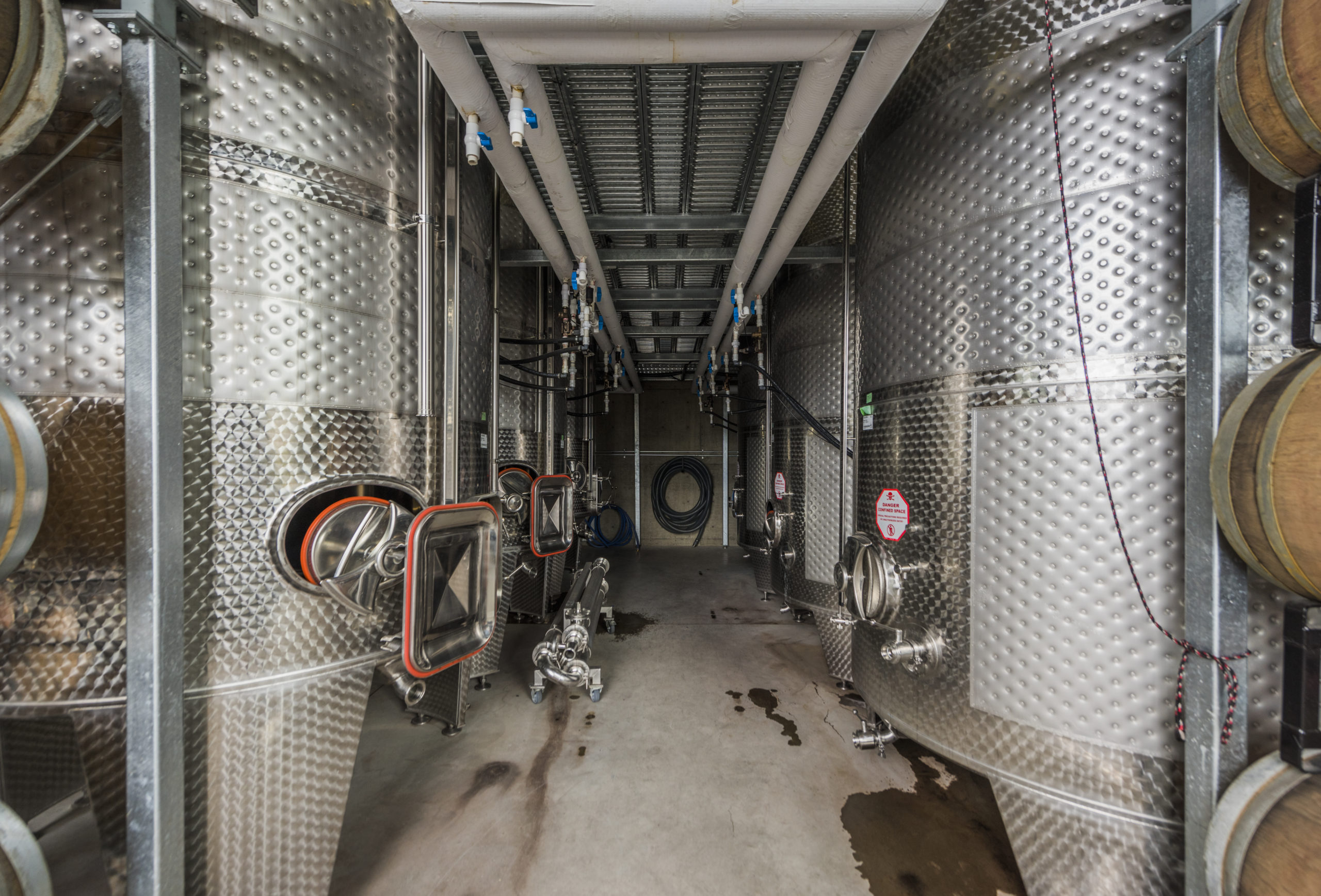Welcome to Wine Science 101 at Monte Creek Winery
It is our pleasure to have our enologist featured on our blog to bring you behind the winemaking scenes.
Hi, I’m Liisa MacLean, the enologist at Monte Creek Winery. As someone who has a passion for science and wine, I’m writing this blog to start a discussion with the amazing customers and consumers of Monte Creek Wines. I hope to share my knowledge and inspire some deeper thought into our beloved beverage in a fun and approachable way.
So first things first, what the heck is an enologist?
My position involves many things. Primarily, I am responsible for the lab analysis that is required for winemaking: from grape maturity to bottling and everything in between, there are a lot of aspects of wine that can be monitored chemically. Another part of the job is R&D: here at MCW, innovation and sustainability are at the forefront. We are constantly trying to improve our techniques and to reduce waste, energy, and water usage. We also have to navigate the challenges that climate change is throwing our way. These new challenges mean our methods have to adapt so we can continue to make the best wine we can in our region. Finally, I also have a hand in the cellar activities, alongside the winemakers and harvest crew, we all contribute to cellar maintenance and winemaking activities.
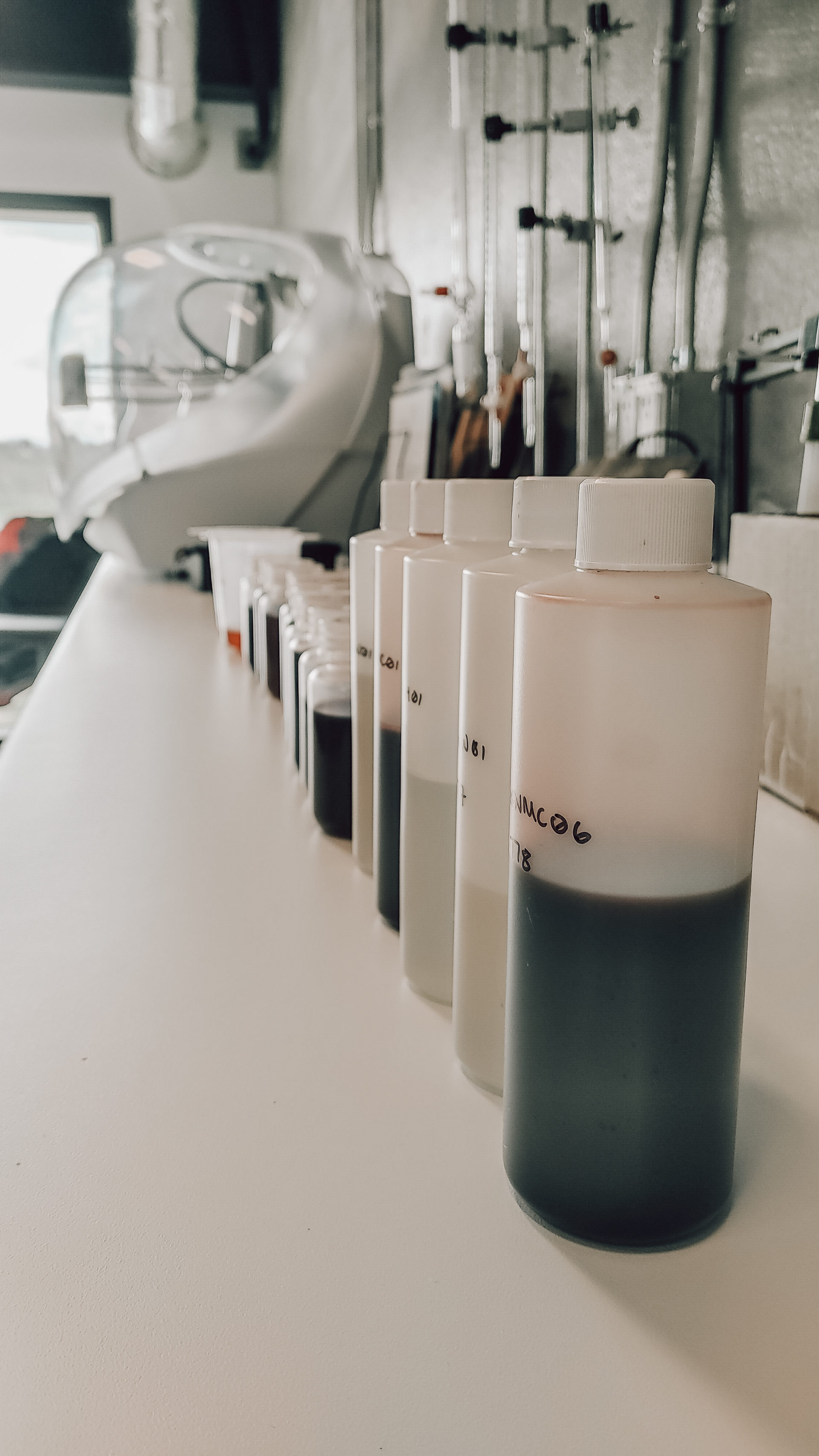
Now let’s get into the fun stuff.
For this intro post, I thought I’d start with my favourite topic, wine chemistry!
Wine consists of mostly water (86%) and ethanol (12%). Only the last 2% contain all the parts that make wine, wine!1 I’m talking about the acids, sugars, tannins, minerals, glycerol and all the other organic compounds that exist in your wine glass. Let’s take a closer look…
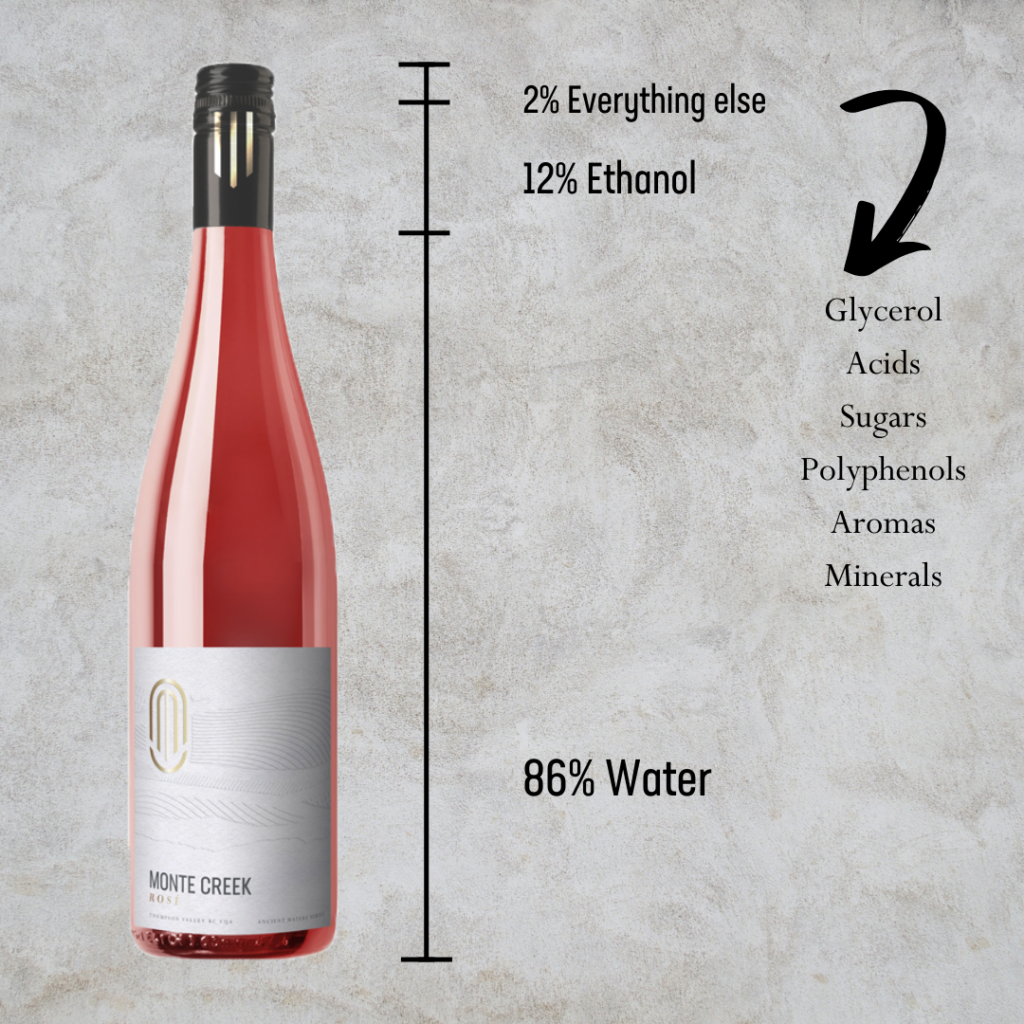
Water
Even the water in wine comes from the grapes. The vines, like any plant, take up water from the soil. In drier areas, like the Thompson Valley, irrigation is used. Vineyard management alone is a whole area of science that deserve the attention of a future post. As they say, great wine starts in the vineyard. For now, let’s stick with the chemistry.
Alcohol
Alcohol, or more specifically ethanol, makes up the second biggest component in wine. Besides making us feel flushed and the truth a little more free (in vino veritas anyone?), ethanol is responsible for a lot. It tastes a little sweet, it produces heat, it contributes to the body, it forms the “legs” in a wine glass, it acts as a preservative, but most importantly, it can be seen as the glue that holds everything else together. There are so many complex chemical interactions in wine and research is still ongoing. We do know that ethanol interacts well with all the other components and makes them more integrated. Speaking of those other components…
Glycerol
After water and ethanol, glycerol is the next most abundant component (around 1%). And although it sounds like something you shouldn’t drink, it is a naturally occurring by-product of fermentation and it can get extracted from barrels. Glycerol contributes positively to the texture and the overall quality.
Acid
Wine is a naturally acidic beverage. The organic acids (mostly tartaric acid) contribute a large part to the taste. Most noticeably, the acids are what make our mouths water: the higher the acid level, the more our mouths will water. Wines that have high acid are better for aging since they are more chemically stable. However, if there is too much acid, drinking wine can become uncomfortable so there are a couple ways to make a high acid wine more balanced. The other main acid from grapes is malic acid, which tastes very tart, but it can be converted by bacteria to lactic acid, which has a much fattier texture. (Yes, I said bacteria, but don’t worry, it is gone before the wine reaches consumers). The process of malo-lactic fermentation will make a wine feel softer and more full bodied. Almost all red wines and some whites (Chardonnay most notably) will go through this process. Another way to balance high acid, is to add a little sweetness which brings us to the next component.
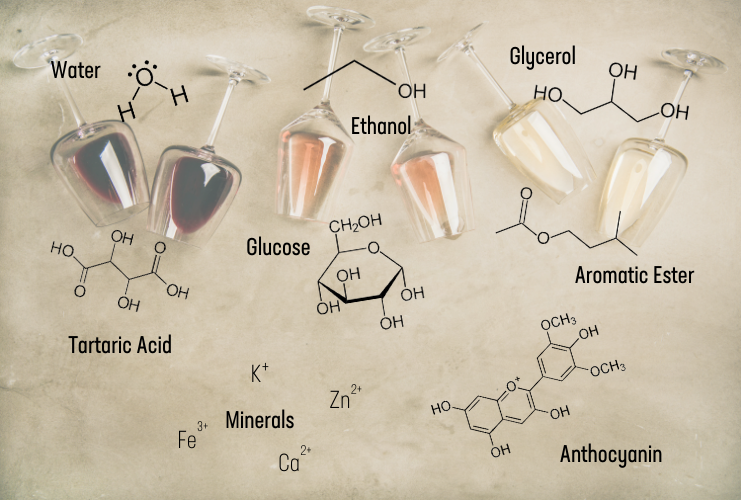
Sugar
I hate to break it to you, but sugar exists in all wines, even the driest of dry wines will have a tiny bit of sugar left from the grapes. Most of the sugar from the berries will get converted to ethanol during fermentation. Sometimes a little is left and referred to as residual sugar, this is the winemaker’s choice. Sometimes all the sugar becomes alcohol, then some is added back. This can be done to balance high acidity or simply because that is the desired style. But always, there are some sugars from the grapes that cannot get converted to alcohol and so they remain in the wine, however, the concentration is not detectable. In addition to sweetness, sugar can contribute to the body, it can increase the perception of fruit aromas, and it can increase the longevity (think of dessert wines).
The Rest: Polyphenols, Volatile Compounds, Minerals
While they exist in very small concentrations, the rest contribute important characteristics to wine. The polyphenol family includes anthocyanins which give wine its colour; from greenish yellow to red to brown. Tannins are also a type of polyphenol. They give wine texture, structure and astringency (that feeling of having a dry tongue). Polyphenols can come from the grape skins, seeds, stems, or from oak aging. Volatile compounds are all those lovely aromas we breathe in. From lemon and butter to red fruit and leather, each aroma comes from a unique structure, usually an aromatic ester. Lots have been isolated and identified (and this subject may be covered in a future blog!). Volatile compounds can also include aromas of vinegar and nail polish remover if a wine has gone bad. Finally, minerals exist in wine because the vines absorbed them from the vineyard. This is one reason why winemakers get very geeky about soil. Minerals can influence the quality of grapes, how the fermentation goes, and can sometimes even be tasted in a final wine (although this is still debated).
All this to say, wine is a complex thing of beauty. There are so many intricate parts and I’ve only scratched the surface. I hope you enjoyed my first blog and come back for future topics. I encourage all you readers to grab your favourite Monte Creek Wine and try to pick out some of the aspects I discussed.*
Until next time,
Cheers!
*Alcohol affects us all differently, please drink responsibly.
About the Author
Liisa MacLean (she/her) has a Master’s Degree in Chemistry and a Grape and Wine Technology Certificate from the Cool Climate Oenology and Viticulture Institute (CCOVI). After studying, she worked at wineries around the world before settling in the Thompson Valley and taking on the role of enologist at Monte Creek Winery in August 2021. Connect with her on Twitter @NerdyAboutWine
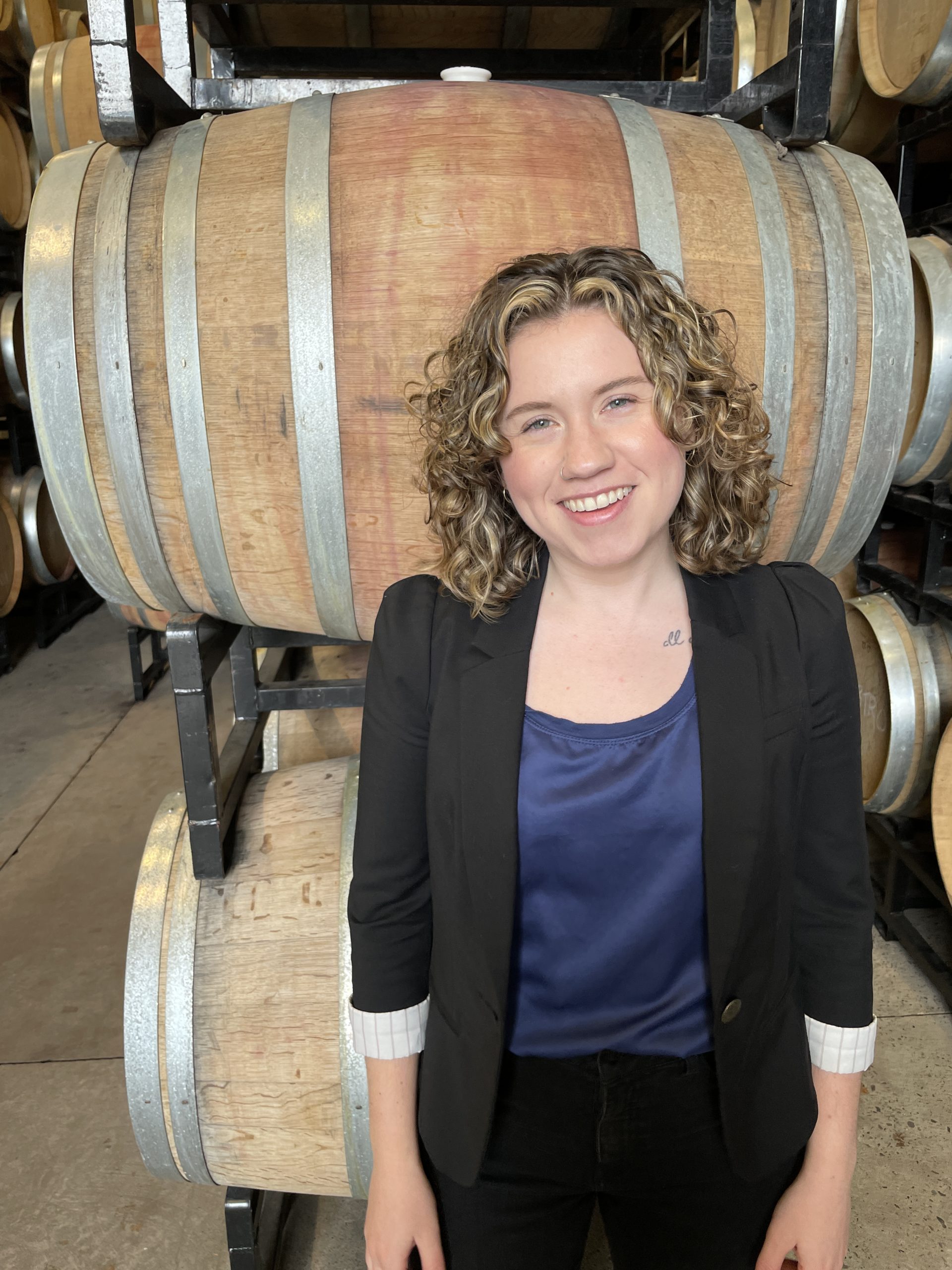
References
- Nemzer, B.; Kalita, D.; Yashin, A.Y.; Yashin, Y.I. Chemical Composition and Polyphenolic Compounds of Red Wines: Their Antioxidant Activities and Effects on Human Health—A Review. Beverages 2022, 8, 1.

